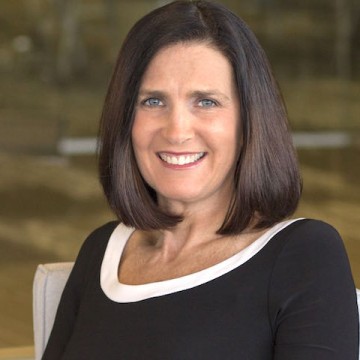This is a guest blog post by Jo Harder, a Citrix Technology Professional (CTP) and independent consultant. Her career has included a variety of roles at AT&T, Citrix, and other companies in the technology field. She strongly believes in helping other women eliminate personal barriers to achieve success.
Today is International Women’s Day, a day for us all to celebrate the achievements of women in the workplace and beyond and to challenge ourselves and others to drive change that supports equality for women.
Where We’ve Been
From a personal standpoint, I’ve experienced many instances where I was underestimated as a woman. In particular, I recall initiating consulting engagements where the client automatically assumed that I wasn’t the team lead, even though my business card stated that my job title was Senior Architect. Although I was able to help clients understand my technical expertise after a few minutes of an in-depth conversation, I nonetheless had to prove myself.
As we look back, we can see that women have made much headway. For example, just two generations ago, a woman couldn’t get a credit card or a bank loan on her own. The workplace situation has much improved, but women still earn less money than men and are afforded fewer professional opportunities.
Four Subtle Changes
There are a few subtle changes that you can make to ensure that you’re treating women equally in the workplace. Please note that both men and women may be hindering women, so these recommendations apply universally in the workplace.
First Name and Last Name: Women are commonly introduced by only their first name, whereas men are introduced by first name and last name. Start off everyone on the same playing field when being introduced.
Value: When communicating and negotiating, women are more likely to view their value lower than men and are, consequently, more likely to compromise on key items. Both managers and employees should consider whether a man named Lee and a woman named Lee are asked to take on the same tasks, as well as what happens when each says no.
Meetings and Conversations: Men are more likely to talk over a woman as compared to a woman talking over a man. Listen carefully in meetings to be sure that everyone has the same opportunity to speak and share ideas.
Office Housework: Women are more likely to be assigned time-consuming tasks such as taking meeting notes and ordering lunch. Rotating these administrative tasks among team members ensures that everyone shares the office housework equally.
CTP/CUGC Women in Technology Mentoring Program
Five years ago, three newly minted female CTPs brainstormed how they could help other women increase their success within the technical community. Esther Barthel, Theresa Miller, and I determined that we would provide 1:1 mentoring and created the CUGC Women in Technology (WiT) mentoring program in 2016. The CUGC WiT mentoring program kicked off later that year and has expanded over the past five years to include 13 mentors and 32 mentees. Note that three of these mentors are men!
A common denominator among new mentees has been lack of confidence. The mentees are typically quite sharp technically, but they struggle with believing in their capabilities and compromising too easily. The most common assistance we’ve provided to these women is helping them to develop a more assertive attitude and confidence in themselves.
In the mentorship program, success is defined individually as based on personal goals, including certifications, speaking in front of an audience, blogging, triumph over situations, and even seeking to become awardees of the CTP and Citrix Technology Advocate program. Last month, the CTP program welcomed Jen Sheerin, and the CTA program welcomed Jaclyn Sanchez; both were part of the CUGC WiT program.
Having a mentor is an excellent way for women to advance, and many mentorships are not formal like the CUGC WiT program. In addition, making the four subtle changes above will help women gain equal footing in the workplace.



